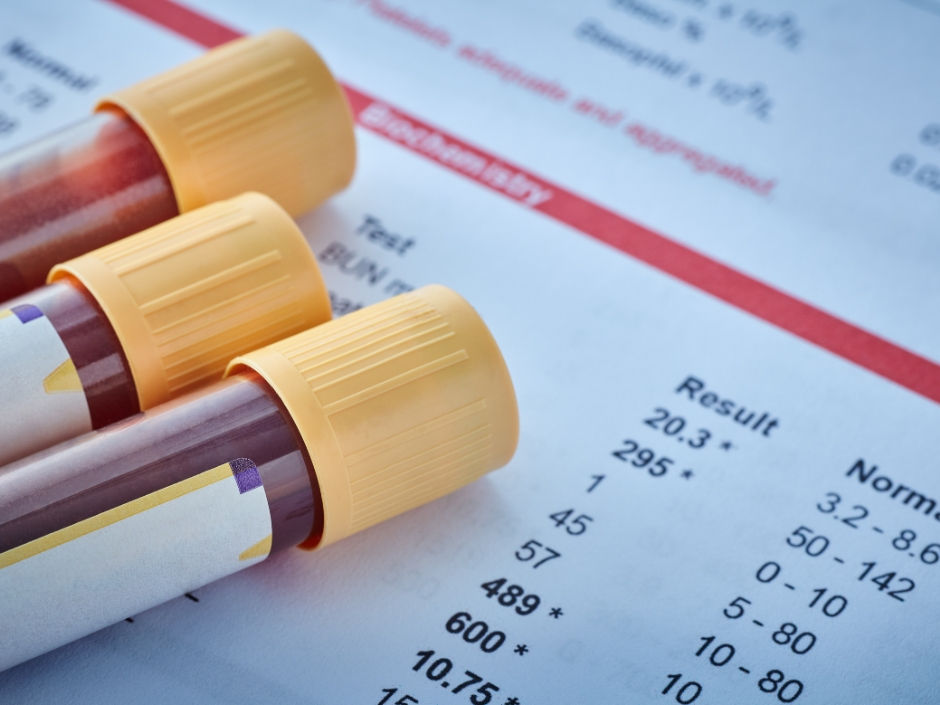Menopause blood test? Functional vs Conventional Blood Work: Why Functional Analysis is Key to Feeling Your Best During Menopause
- Victoria Harris
- Apr 18
- 3 min read
Updated: May 18

When it comes to understanding your body during menopause a menopause blood test can be a game changer. But not all blood tests are created equal. If you’ve ever left a doctor’s office with “normal” test results while still feeling far from fine, you’re not alone—and this is exactly where functional blood work steps in.
So, what’s the difference between conventional and functional blood work? And why is functional analysis so powerful during menopause? Let’s break it down.
Conventional Blood Work: The Basics
Conventional blood tests are designed to detect disease. They measure whether your results fall within a wide reference range used to flag conditions like diabetes, thyroid dysfunction, or anemia. This approach is diagnostic and reactive—it waits for something to go wrong before it takes action.

While this system is useful for catching major health issues, it often misses the subtler imbalances that women in menopause commonly experience, such as:
Fatigue and low energy
Mood changes and anxiety
Weight gain (especially around the middle)
Brain fog
Insomnia
Hot flashes and night sweats
In many cases, conventional blood work will show that everything is “fine,” even when you feel anything but.
Functional Blood Work: A Deeper Look
Functional blood analysis is different. It looks at your results through a tighter, more optimal range, not just the broad “normal” one. The goal is to detect dysfunction before it turns into disease and to understand the root cause of your symptoms.
Here’s what sets it apart:
Optimal ranges instead of average ones (because let’s be honest—average isn’t thriving)
Trends and patterns that reveal where your body is headed
A focus on interconnected systems like hormones, thyroid, adrenals, and blood sugar
Personalised, nutrition and lifestyle-based interventions—not just prescriptions
Why Functional Blood Work is Vital in Menopause
During menopause, your hormones don’t just shift—they cascade. Estrogen, progesterone, testosterone, cortisol, insulin, and thyroid hormones are all in conversation with one another. If one is out of balance, the others respond, often leaving you feeling off in multiple ways.
Functional blood work allows us to:
✅ Identify hormonal imbalances driving your symptoms
✅ See how your thyroid and adrenals are coping with stress
✅ Pinpoint nutrient deficiencies that affect energy, mood, and metabolism
✅ Track inflammatory markers linked to joint pain, brain fog, and sleep issues
✅ Understand blood sugar and insulin patterns that affect weight gain and cravings
This kind of insight is empowering. It means we’re not guessing—we’re targeting. And that leads to real results, not just symptom management.
What This Means for You
If you’ve been told “everything looks normal” but you know something isn’t right, functional blood work can help connect the dots. It’s not about chasing perfect numbers—it’s about giving your body what it truly needs to feel balanced, energized, and resilient.

And the best part? With the right support, most of these imbalances can be corrected easily and naturally—with personalized nutrition, lifestyle changes, and smart supplementation.
Next Steps
If you’re ready to stop settling for “average” and start feeling your "best", let’s talk.
I offer functional blood work analysis as part of my menopause support program so you can understand what’s really going on in your body—and finally do something about it.
📩 Click here to book a free consultation: Where i'll give you real advice and resources that can help.
🧠 Or join my Private Facebook group: Menopause Secrets: Real Talk Real Action and find free tools that can help you to feel your best!



